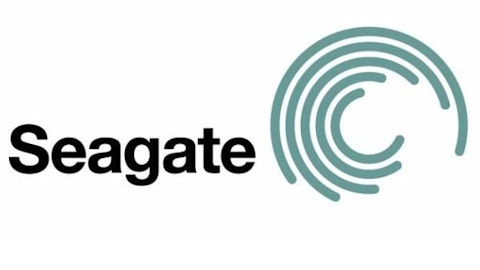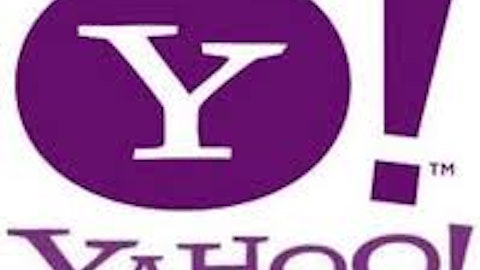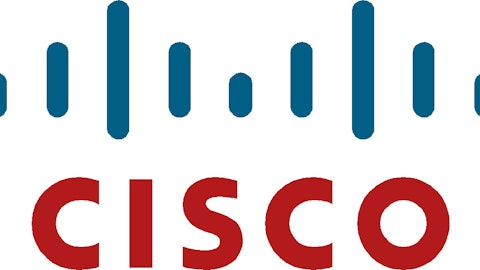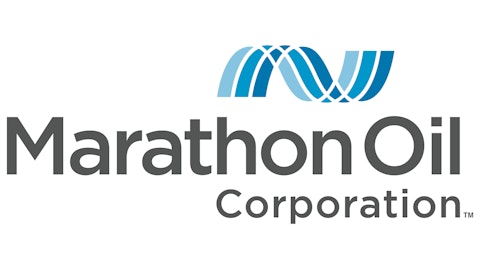A day without trading
The New York Stock Exchange has not often closed down for weather-related reasons, and there have been only two instances when the exchange closed for more than one day because the weather outside was simply too frightful to brave. Before Hurricane Sandy, the last such multiday closure occurred during the Great Blizzard of March 12 and 13, 1888 — but not for lack of effort by some extremely determined stockbrokers. On the first day of the shutdown, The New York Times — which miraculously managed to keep printing — wrote:
There was something almost startling in the sudden paralysis of business downtown. The effect of the storm on the big Exchanges, the Government offices, the banks, and the transportation companies was unique and unprecedented. …
Lines of communication were almost wholly blocked long before the commercial world is usually astir, and it was extremely difficult for anybody to reach the lower end of the island unless he came by way of the ferryboats or had extraordinary transportation abilities. … Prices ranged from $5 to $40 [equivalent to between $125 and $1,000 today] for anything on runners or wheels that could be propelled against the storm. It was hard on the drivers, but harder on the horses compelled to make the exhaustive trip. …
Telegraph wires were down, signs were broken, torn awnings flapped in the wind, and abandoned vehicles, half buried in snowdrifts, were conspicuous objects on the main thoroughfares. … There were only 30 of the 1,100 members of the Stock Exchange on the floor when the gong sounded at 10 o’clock. … Only a nominal business was done. The trades were in five stocks and represented about 15,000 shares. … As the stocks sold on Fridays are delivered on Mondays, it was manifestly useless to attempt to continue business, as checks could not be certified, and no deliveries can be made without certified checks; accordingly at noon the board adopted a resolution that no deliveries should be made during the day and further business should be suspended.
The fall of the house of Madoff
Bernard “Bernie” Madoff pled guilty to 11 counts of fraud, money laundering, perjury, and theft on March 12, 2009. This brought a swift and decisive end to the career of one of Wall Street’s most successful investors, who had turned out to be nothing more than the mastermind of the largest Ponzi scheme in history. During his sentencing, Madoff attempted to strike a note of contrition by saying:
I knew what I was doing was wrong, indeed criminal. … As the years went by I realized this day, and my arrest, would inevitably come. … I cannot adequately express how sorry I am for what I have done.
The $65 billion fraud carried a maximum 150-year sentence, and when sentencing was carried out that June, it was determined that Madoff should serve the maximum possible term. The septuagenarian former investor will remain in prison until his death.
The original printing revolution
Hewlett-Packard Company (NYSE:HPQ) unveiled the ThinkJet, the world’s first mass-market inkjet printer, on March 12, 1984. What began as a project to develop a portable printer to pair with HP’s popular scientific calculators grew into a technology that would eventually become nearly as ubiquitous as the keyboard or the mouse. The original ThinkJet, priced at $495, was very affordable for a time when top-quality laser printers might retail for more than $100,000. However, its 96 dot-per-square-inch print resolution was still a bit too pixelated for commercial use. It was only when HP built on the technology developed for the ThinkJet to create the Deskjet — which offered superior resolution and the ability to use ordinary sheets of paper — that the home printing movement began to take off. Today, HP remains the global leader in home printer sales, with more than 240 million units shipped since the first ThinkJets in 1984.
The birth of Berkshire Hathaway
Many investors know that Warren Buffett’s rise to greatness began with his acquisition of Berkshire Hathaway Inc. (NYSE:BRK.B). Fewer know the origins of that former textile manufacturer, which was in fact two separate textile manufacturers named “Berkshire Fine Spinning Associates” and “Hathaway Manufacturing Company” until their merger on March 12, 1955. Berkshire, “a leading manufacturer of combed cotton goods” according to a New York Times brief on the merger, produced 235 million yards of the stuff in 1954. Hathaway, which made rayon twill linings and curtain materials, produced 79 million yards of material.
Buffett began buying shares of the company in 1962, but by then weakness was already apparent in its core textile busines. He assumed control in 1964, and by 1967 Berkshire began its transition into an uber-holding company by expanding into insurance and other businesses. Berkshire Hathaway retained some textile operations until 1985, when Buffett shut down the last links to his company’s past. Much later, Buffett claimed that buying Berkshire was the biggest mistake he ever made; without that emotion-driven acquisition weighing him down, Buffett claims he might have generated an additional $200 billion in investment returns in the years that followed.
The article The Dow Gets Modernized originally appeared on Fool.com and is written by Alex Planes.
Fool contributor Alex Planes has no position in any stocks mentioned. The Motley Fool recommends Berkshire Hathaway, Coca-Cola, and NYSE Euronext. The Motley Fool owns shares of Berkshire Hathaway.
Copyright © 1995 – 2013 The Motley Fool, LLC. All rights reserved. The Motley Fool has a disclosure policy.





